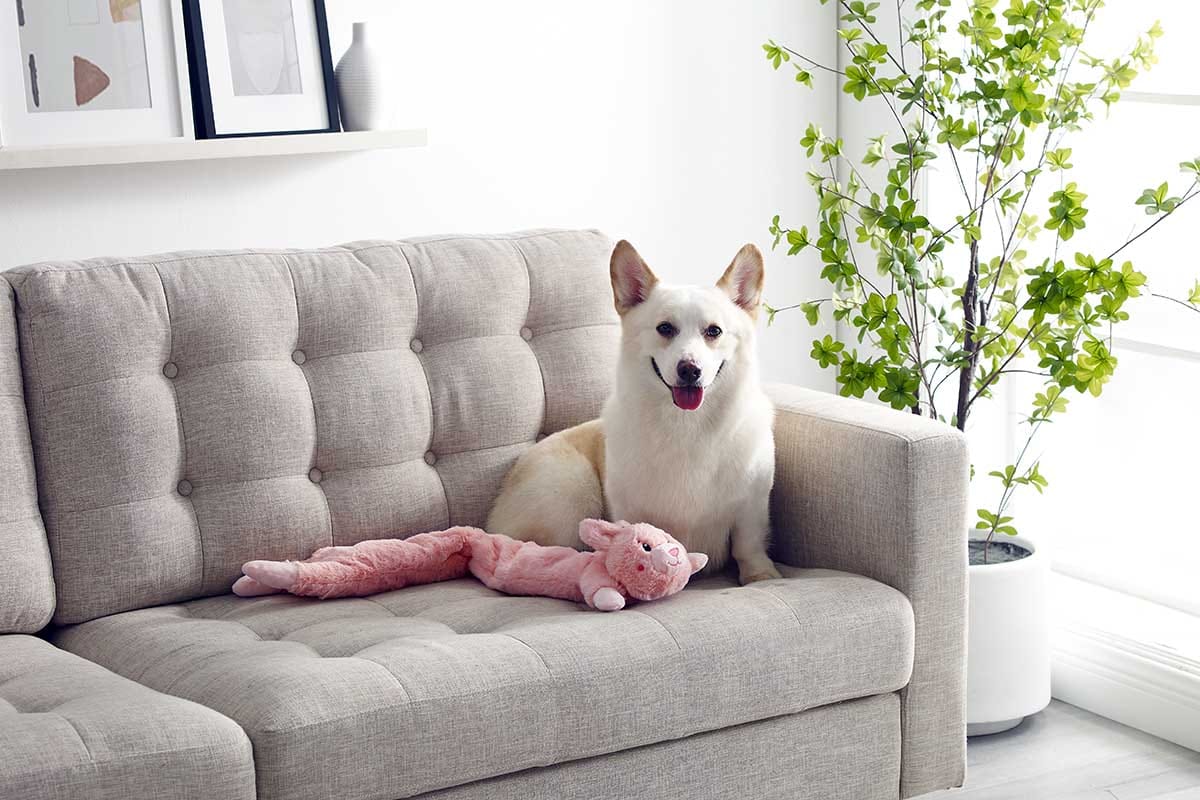Pets are members of the family. They’re our best friends. They offer us unconditional love and emotional support, especially during difficult times. They’re the ones ready to greet us when we return home, our reason to go on a walk, and a delightful part of our daily routines.
The death of a pet can hurt just as hard as losing a loved one. When a pet dies, our own grief becomes a part of life, and our cherished pets stay close to our hearts.
The grieving process doesn’t stick to a specific timeline. But there are steps you can take to manage your mental health after the death of your pet.
Recognize that Coping with Grief Takes Time
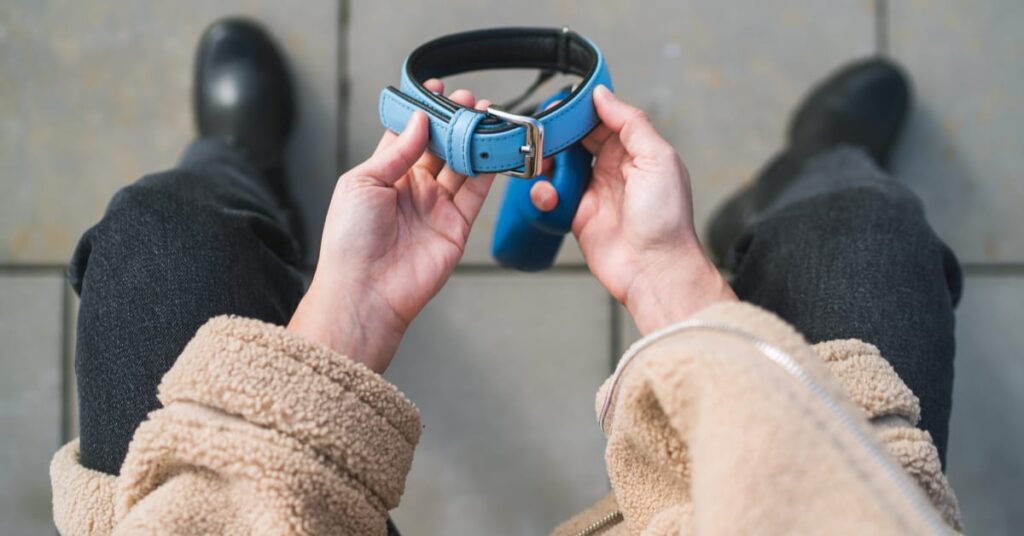
Grief does not come with an expiration date. The bond you had with your pet was unique, and it’s natural to always miss them. It will take time to adjust to their absence.
“As time goes on, it’s still important to remember them and it’s okay if sometimes some days are harder than others,” says Leigh Ann Gerk, pet loss counselor and owner of Mourning to Light Pet Loss.
Allow yourself to go through the five stages of grief: denial, anger, bargaining, depression, and acceptance. Caregivers may feel angry, hopeless, or deep sadness.
All of these feelings are valid, and it will take time to process them. You can grieve the loss of a pet as deeply as you would grieve a person.
Grief comes in waves. Sometimes the emotional pain will feel like a tsunami overwhelming you; other times the water will be calmer. Time may pass normally until you get hit by something — a song on the radio, the sight of an old toy — that triggers new tears.
The grief process is a personal experience that is unique to you.
Reach out to People for Support

Unfortunately, some people will tell grieving pet parents, just get another pet! This may be well-intentioned, but it’s certainly not helpful.
Surround yourself with people who understand what you’re going through. Gerk tells her clients to “only share your pet’s passing with the people that deserve to hear their story.”
A pet loss support group is a place where you can share stories with people who understand what you’re going through. These groups aren’t for everyone, but they can be validating and a source of support.
Speaking with a professional therapist or trained pet grief counselor can equip you with the tools you need to deal with the loss of your beloved pet. Find a bereavement counseling service near you, or consult a pet-loss support line (resources below).
For Children, Pet Loss is often their First Experience with Death
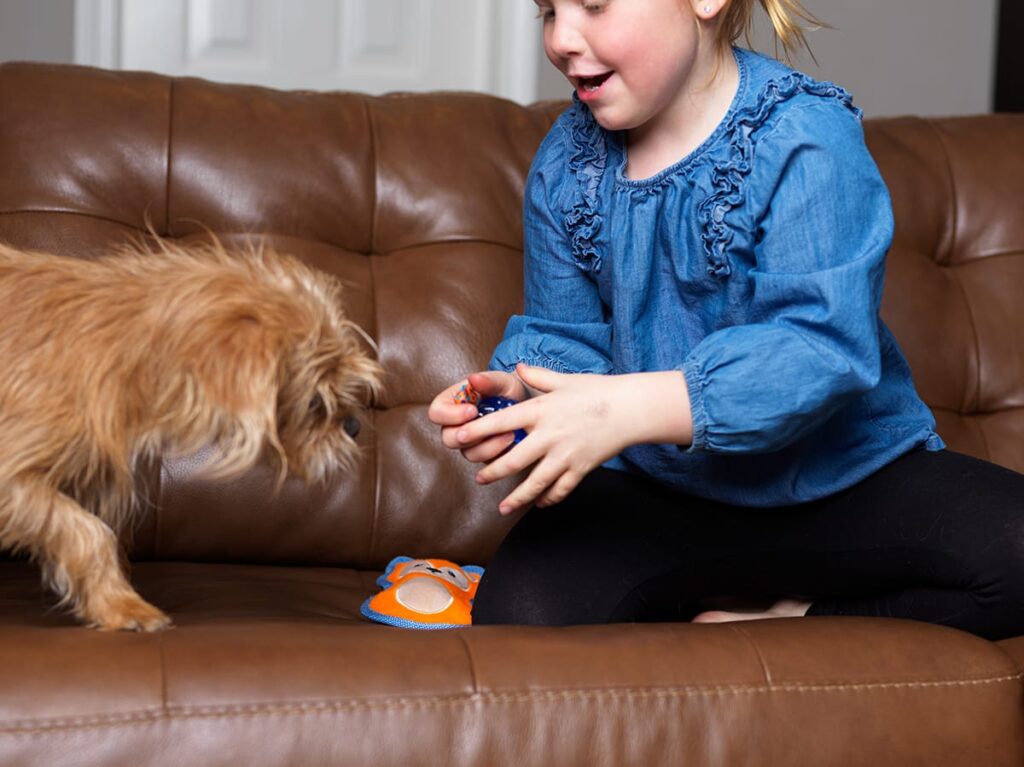
The loss of a beloved pet is often the first loss a child ever encounters.
Every child is different, but if it’s possible, let your child decide if they want to be present for euthanasia. Euthanasia is a process that sedates your pet into peaceful rest, and your veterinarian will let you know when euthanasia is needed.
If a child doesn’t see it, their imagination may go wild. Was it painful? Was my pet crying? Their imagination can become a nightmare.
Children tend to grieve in bursts, and can’t stay in grief the way adults do. A child might be happily coloring one minute and throwing crayons the next.
Kids and teens may be withdrawn and quiet. But silence doesn’t mean they’re not grieving. Give them opportunities to share stories. Parents shouldn’t hide their grief from their children. Crying is natural, and they need to see that parents grieve too. Finding a way to cope with your loss as a family can bring you all closer together.
Even if other pets or family members weren’t close to your deceased pet, they may struggle to cope amid a changed schedule and serious atmosphere in your home.
For the Elderly, the Loss can be Two-fold

“When they lose their pet, it’s extra devastating for them because it’s the end of being a pet mom or dad because they’re afraid of outliving them,” says Gerk.
And if they don’t have family members or friends, then that companion animal was their source of love and comfort. The loss of that pet can also remind them of their own mortality, or remind them of people and pets they’ve lost in the past.
That’s why it’s incredibly important that seniors rediscover a sense of purpose and cope with this loss.
If a senior wants to adopt a pet but fears outliving them, they still have options. They can write their pet into their will to ensure that their animal will be cared for. And if getting to the store or the physical effort of walking them is an issue, there are many organizations that provide dog walks and deliver pet goods.
Create a New Routine
Ask yourself, what did my pet teach me? Maybe it was patience or being spontaneous. Your lost pet may be gone now, but the lessons they taught you can carry you through the next part of life.
For one senior man Gerk worked with, his dog was his reason to walk. Without his canine companion, his daily walks stopped. But his dog would have wanted his owner to continue exercising, so Gerk and her client devised a new plan: he would take his dog’s collar along with him, so he could walk his dog. The elderly man began walking again, thumbing his dog’s collar and remembering his pet’s memory as he moved.
Just like that senior man, people will need to develop new routines.
You will still need to take care of your mental health and physical well-being. Practice self-care, and find new ways to get in exercise.
Adjust Your Sense of Identity
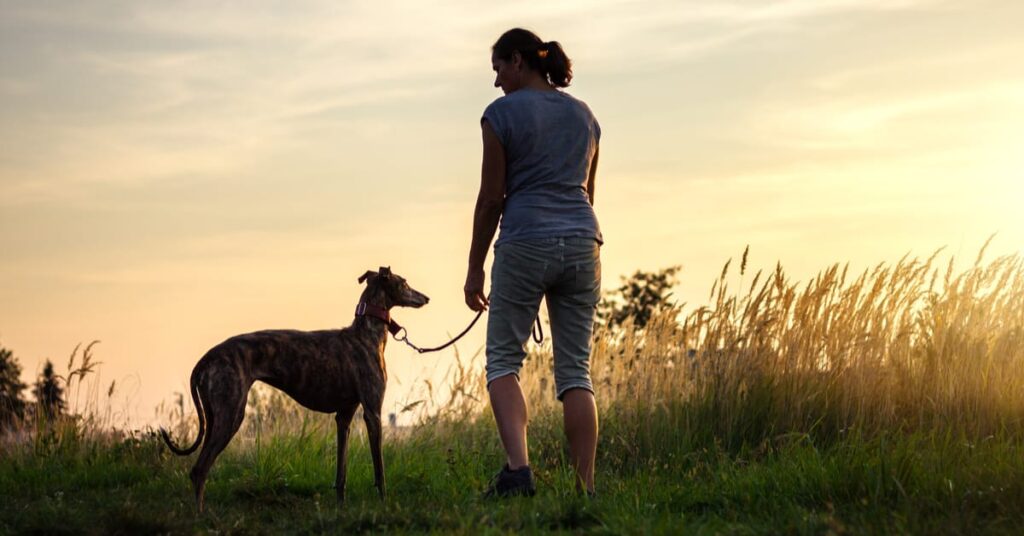
The American Veterinary Medical Association notes that you’ll need to adjust your sense of self-identity accordingly.
“Part of your self-identity might come from being a pet owner. Others may also think of you in relation to your pet,” Gerk says.
Grappling with this change in identity can be difficult, but it’s an important part of mourning. Remember that your pet is not the center of your identity and that you are defined by many other aspects of your life.
Memorialize Your Pet with Photos, Ashes, Mementos
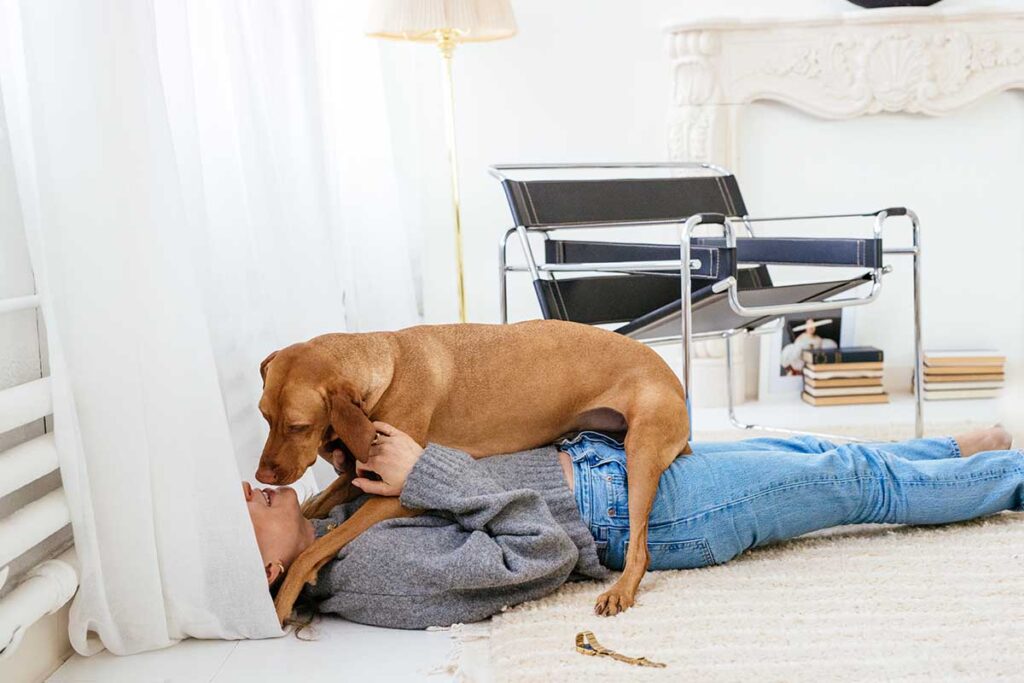
Keep a piece of your pet’s life alive by reserving some space in your home for their memory.
Preserve your pet’s ashes in a piece of jewelry, or place them in an urn on the mantel. Place their collar on a shelf; hang their photos on the wall.
Commission a pet portrait. Write a poem about your favorite times together. Create a scrapbook or digital album. Plant a tree in the backyard. Hook their collar on a car’s headrest.
Donate to a local shelter, animal charity, local humane society, or rescue in their memory. Consider making a donation to local dog parks or outdoor spaces that you enjoyed together.
Keep these mementos visible, and close to your heart.
When to Get Another Pet
While you probably won’t go out and get another pet immediately after the loss of your pet, you may eventually want another animal in your life. That’s okay! Adding a new pet to your life doesn’t mean betraying beloved pets you’ve lost.
This isn’t a decision to take lightly. If you want to ease into pet ownership again, try fostering a pet first. Many animal shelters and rescues will have lots of loving companion animals in need of a good home either on a temporary basis or a permanent one.
If you’re not in a position to bring a furry friend home, consider volunteering at your local animal rescue or start dog walking or cat sitting.
Pet Loss Resources

Many sources of support are available, including hotlines, counseling services, in-person, social media, and online bereavement groups.
In addition to these resources, ask your veterinarian if they can refer you to a local pet loss support group.
- American Kennel Club Pet Loss Support Group
- Lap of Love Pet Loss Support Groups
- Cornell University College of Veterinary Medicine Pet Loss Support Hotline
- The Association for Pet Loss and Bereavement
- Cummings School of Veterinary Medicine at Tufts University Pet Loss Support Line
- Chicago Veterinary Medical Association Pet Loss Helpline
Reading picture books with young children may help them process their feelings. Try checking out books from your local library like:
- Dog Heaven by Cynthia Rylant
- The Invisible Leash by Patrice Karst
- The Rainbow Bridge by Adrian Raeside

